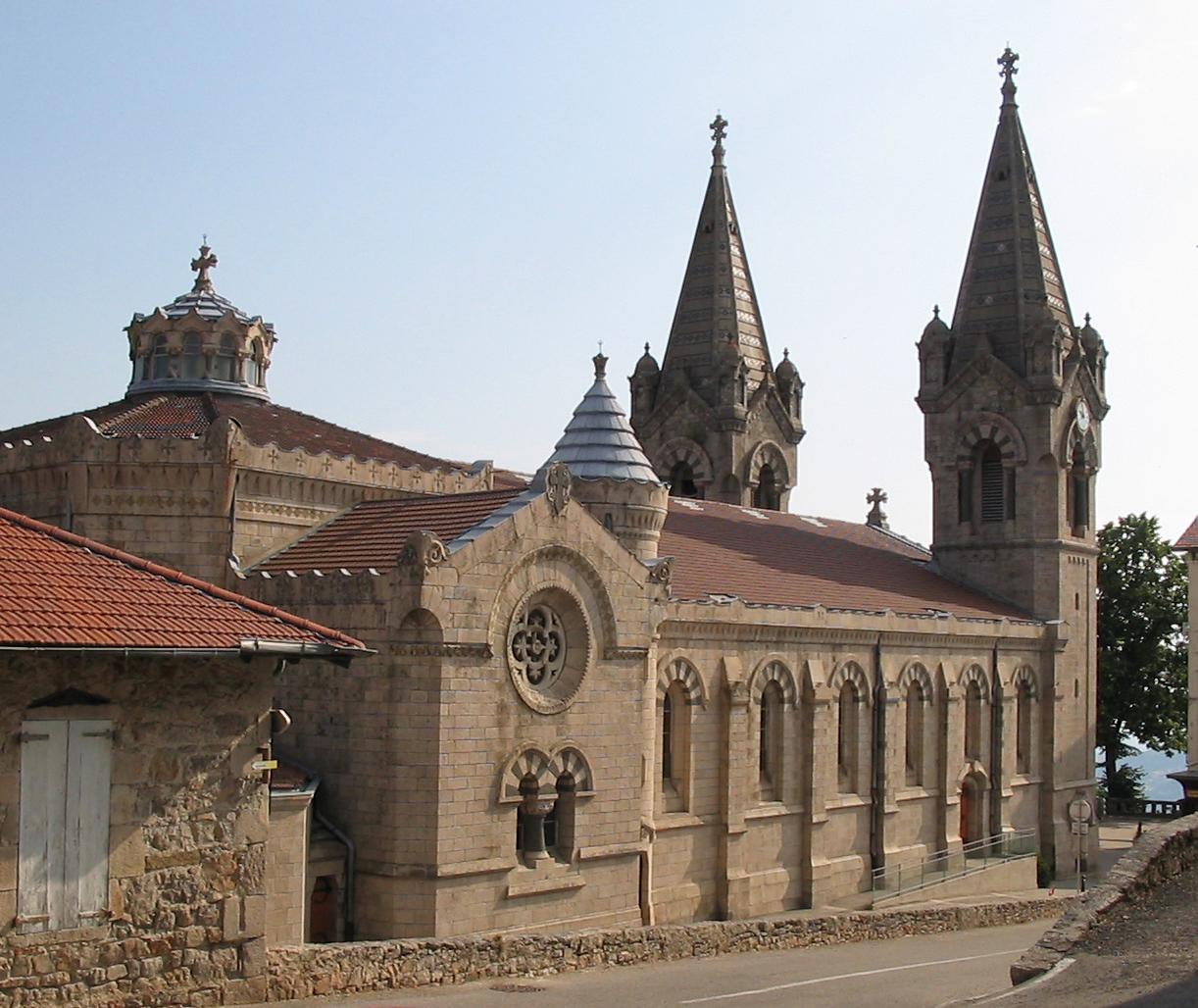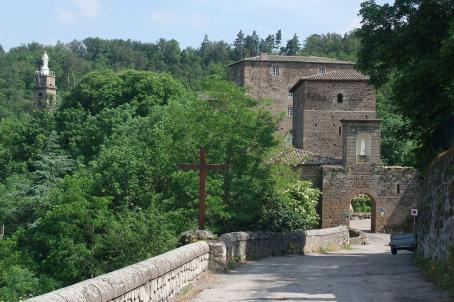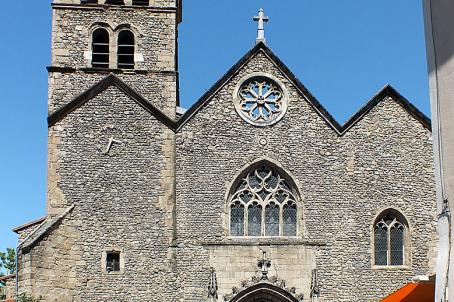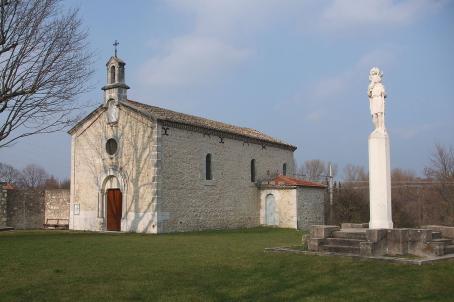Basilica of Saint-Jean-François-Régis et Sainte-Agathe

Place of pilgrimage to Saint Jean-François Régis and Saint Thérèse Couderc, the village of Lalouvesc is famous for its neo-Byzantine style basilica dedicated to Saint Régis, built in the 19th century by the architect of Notre-Dame de Fourvière de Lyon, Pierre Bossan. Inside, the paintings in the choir retrace the history of the pilgrimage, the stained glass windows illustrate the life of Saint Jean-François Régis, and a shrine contains the relics of the saint.
About this building
The present church, begun in 1865 and consecrated in 1877, is the work of Pierre Bossan, architect of the basilicas of Ars and Fourvière in Lyon. Conceived in a neo-Byzantine style, it is squat as befits a mountain church: it has only 11.30 m under vault for a length of 50 m and a width of 20 m. It has two bell towers, whose spires rise to 37 m. The exterior, made of greyish stones, is simple and uncluttered. Only a sober group of Besqueut, depicting Saint Regis between two peasants, adorns the tympanum of the porch. The interior contrasts with its choir with its finely chiselled and leaf gilded arcades and its naves with their variety of stones: marble columns, white stone bases and capitals, vault arches standing out against the colours of the ceiling.





